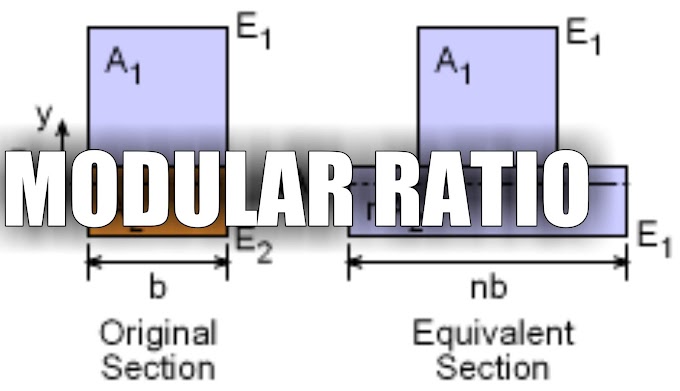The leveling is defined as leveling is the art of determining the relative heights or elevations of objects or points on the earth's surface. The vertical plane was deal with these measurements. The following are the main terms that are mainly used in the leveling.
1: Level Line:
The level line is a line in a surface of the normal plumb line at all points.
2: Horizontal Line:
The horizontal line is any line lying in the horizontal plane. It is a straight line tangential to a level line.
3: Horizontal Plan:
To the level surface the horizontal plane is a point, is a plane tangential at that point. The horizontal plane is perpendicular to the direction of gravity (Plumb line).
4: Vertical Angle:
In a vertical plane, a vertical angle is an angle between two intersecting lines. One of the two lines in the vertical angle is commonly taken as horizontal in surveying.
5: Vertical Line:
A vertical line at any point is a line normal to the level surface through that point
6: Vertical Plan:
A vertical plane is a plane containing a vertical line.
7: Datum Surface:
A datum surface or line is any arbitrarily assumed level surface or line from which vertical distances are measured
8: Bench Mark (B.M):
The benchmark (B. M.) which is fixed for the reference point is known as elevation.
9: Elevation Point:
The elevation point is a vertical distance below or above the datum. This is also called a reduced level (R. L). As the point is below or above the datum the elevation point is plus or minus.
10: Difference in Elevation:
The difference in elevation (H) between two points is the vertical distance between the level surfaces passing through the two points.
11: Line of Collimation:
The line joining is the line of collimation. The intersection of the crosshairs to the optical center of the object-glass and its continuation and this all phenomenon is also known as the line of sight.
12: Vertical Axis:
The vertical axis is the centerline of the axis of rotation.
13: Axis of Level:
Axis of the bubble tube or level tube is an imaginary line that is tangential to the longitudinal curve of the tube at the middle point. This is also called the bubble line.
14: Axis of Telescope
The axis of the telescope is a line joining the optical center of the object-glass to the center of the eye-piece.
15: Back Sight (B.S):
The backsight (B. S.) also called backsight reading.
With the help of staff (or rod) reading taken on a point of called elevation, as on benchmark or a change point. This is also called a plus sight.
16: Foresight (F.S):
A foresight (F. S.) also called a foresight reading.
With the change of point, reading is to be taken with the help of staff (or rod) and elevation was determined. This is also known as a minus sight.
17: Intermediate sight (I.S.):
The Intermediate sight (I.S.) is staff reading taken from the same set-up of the level. All sights between the foresight and the back sights are intermediate sights.
18: Change Point (C.P):
The shifting of the level is known as change point (C. P). The change point is the point on which the back and fore sights are taken. Any well-defined object for example boundary stone, rock rail, curbstone, etc is used as a change point.
The benchmark may also be taken as a change point. This is also known as the turning point (TP)
19: Height of Instrument:
The height of the instrument (H.I) is to be defined as the elevation of the plane of sight. It is also known as the plane of collimation.
When the instrument is correctly leveled, It is also known as the height of plane of collimation or simple the collimation
20: Station:
The station is to be defined as a point, whose elevation is used to determined or established at a given elevation. It may be as a point where the staff is held.





0 Comments